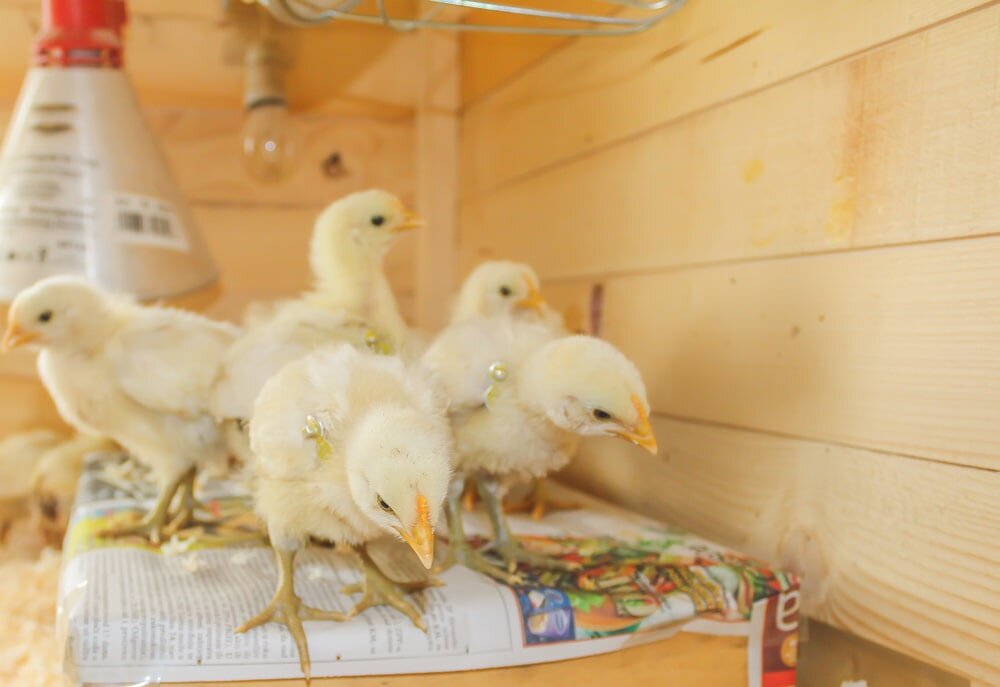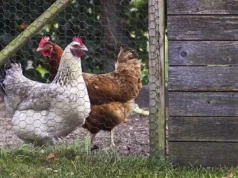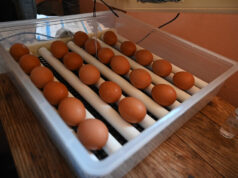If you’re looking to start raising your own chickens, a successful chick brooder setup is essential. A brooder is the area where your newly hatched chicks will live for the first few weeks of their lives, and getting this setup just right is crucial to ensure their safety and health. In this comprehensive guide, we’ll explore everything you need to know about establishing a proper brooder, ensuring your chicks grow into healthy adult chickens.

Why a Chick Brooder is Essential
The first step in raising chickens is understanding why a chick brooder is necessary. Chicks, much like any other young animal, require ample warmth, food, and protection. A dedicated brooder provides the perfect environment by maintaining the appropriate temperature and keeping the chicks safe from harm.
Choosing the Right Brooder
Brooder Boxes
Brooder boxes come in various forms, from pre-made options to DIY solutions. The key is to select a brooder that can accommodate the number of chicks you plan to raise while ensuring room for growth.
Ideal Brooder Size
The size of the brooder should allow each chick to have at least 0.5 to 1 square foot of space for the first few weeks. As they grow, the space requirement increases.
Setting Up the Brooder Environment
Temperature Management
Proper temperature regulation is critical. Start with a temperature of around 95F during the first week, gradually decreasing by 5F each week until reaching the ambient temperature.
Lighting Requirements
Provide a light source for warmth and to establish a day-night cycle, which is important for the chicks’ development.
Essential Components Inside the Brooder
Bedding Material
Select appropriate bedding such as straw, hay, or pine shavings, ensuring cleanliness to prevent bacterial growth.
Feeders and Waterers
Place chick-sized feeders and waterers inside the brooder, ensuring they are easy to access and regularly maintained.
Maintaining Brooder Hygiene
Cleanliness is a must inside any chick brooder setup. Regularly change bedding, clean feeders and waterers, and ensure a tidy environment to avoid disease.
Monitoring Chick Health
Signs of Healthy Chicks
Healthy chicks appear active, bright-eyed, and engage in normal behaviors such as feeding and exploring.
Identifying Health Issues
Pay attention to symptoms like lethargy, loss of appetite, or abnormal behavior and consult a veterinarian if necessary.
Transitioning Chicks to a Coop
Preparing for the Move
As your chicks grow, they’ll need to transition from the brooder to a coop. This transfer should be gradual and involve careful temperature regulation.
Introducing Chicks to Flock
Once in the coop, introduce them to the flock slowly, under supervision, to prevent aggression from older chickens.
Common Brooder Issues and Solutions
Be prepared to handle common challenges such as temperature fluctuations or water spills. Having quick solutions on hand can prevent stress for both you and the chicks.
Conclusion
Setting up a proper chick brooder is a rewarding endeavor. By following this guide, you’ll ensure a healthy start for your chicks, leading to happy and productive hens. Remember, a well-cared-for chick is a direct path to bountiful eggs and a thriving backyard flock.
FAQ
What is the perfect temperature for a chick brooder?
The ideal starting temperature is around 95F for the first week and decreases by 5F each subsequent week.
How often should I clean the brooder?
It’s best to clean the brooder weekly, changing the bedding and cleaning the feeders and waterers to maintain hygiene.
When can I move chicks to the coop?
Chicks can be moved to a coop when they are 6 to 8 weeks old, fully feathered, and when the outdoor temperature is consistently mild.

Additional Resources
For more detailed information, visit the Tiny Life’s chick raising guide, and Purina Mills’ chick care advice.
Internal resources: Learn about chickens laying, what tastier backyard eggs, and discover the effects of daylight on laying.
This article contains affiliate links. We may earn a commission at no extra cost to you.











